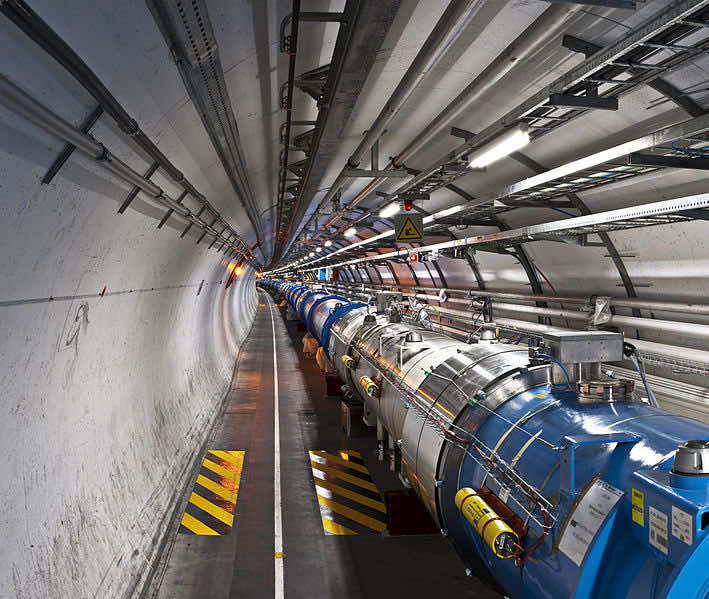Everybody knows about the CERN’s Large Hadron Collider that can smash particles and tell us a lot about the early stages of the universe. However, many don’t know that the USA put in considerable effort to make its particle accelerator and collider in Texas. It was going to be the largest particle accelerator ever made that was almost three times bigger than the LHC in Geneva. But, these machines don’t come in cheap, and the US Congress ultimately decided to pull the plug on the project because of the funding issues. However, what they didn’t care was that the $2 billion had already been spent on it; one-third of the estimated cost. A major part of the construction had already happened!
Known as the Superconducting Super Collider, the project had skeptics from the beginning, especially in NASA, where funding had been stopped for future space missions. The Super Collider was blamed by many people to be too big to be completed successfully and thus, too expensive. The radius of the particle accelerator was 87.1 Km while CERN’s Large Hadron Collider is only 27 Km in total. It would have easily become the largest machine in the world, and no one would ever have surpassed it as nobody has even come close to matching the LHC yet. Construction began in Texas in 1991, and a major part of the tunnels and the buildings were already completed by the time Congress did a financial somersault.
You can see in these pictures that what a massive project it was and how it could have helped unravel the mysteries of the universe. To put it into perspective, CERN’s system can only accelerate up to 14 eV while the SSC could have accelerated particles up to a jaw-dropping 40eV. We could have harvested anti-matter from that. Alas! An additional amount of four billion was needed for the project, so it joined the list of decommissioned scientific projects. Scientists used to blame the religious rights for creating hurdles in these kinds of projects, and they immediately lobbied against it as soon as they came in power in the Congress. However, some other factors also played an important role there. The breaking of the Soviet Union saw the reduced need for American superiority in Science and Technology. The mismanagement of the Physicists who were leading the project was also brought under scrutiny. Add it to a swelling budget each month; it was difficult for many to justify its progress after $2 billion had already been spent.
After seeing the enormity of the construction, you might believe that the construction sector took the lion’s share of the funding, but that is not the case. Most of the funding, around 80 %, went into the development of the strong electromagnets needed to accelerate particles at such high speeds. They hadn’t been completed at the time of cancellation of funds while adding to the budget.
Now, an abandoned assortment of tunnels, buildings, and infrastructure is present in Texas. But I hope and believe that it will be finished one day! Comment below if you have any opinion to share.

